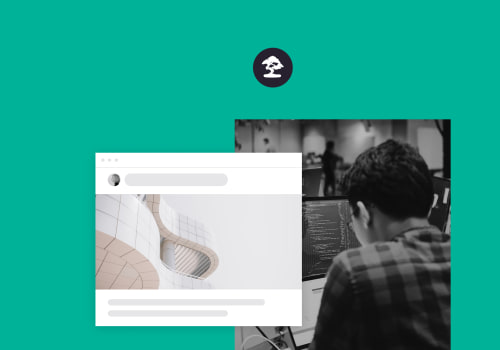When it comes to remodeling, refurbishing or altering a purchased building to make it available for the purpose for which it was purchased, there are two methods of accounting for the costs: the pool of cost method and the design method. The pool of cost method has a shorter payback period of 48 months, while the design method has a 60-month repayment period. However, there are trade-offs to consider when deciding which method to use. Under the pool of cost method, all package design costs must be capitalized and amortized, including those for designs that were never put into service.
Additionally, early cancellations for abandoned or deleted package designs are not allowed. On the other hand, the design method allows taxpayers to deduct the unamortized portion of package design costs in the year of disposal or abandonment. Generally Accepted Accounting Principles (GAAP) dictate that research and development costs should be spent as they are incurred. However, if these costs can be shown to have alternative uses in the future, then they can be capitalized as an asset and depreciated over its expected lifetime.
Personnel, indirect and contractual costs cannot be capitalized regardless of whether there is a future alternative use or not. Design is an essential part of creating an asset, so it is considered capital. If a package design is discarded or abandoned within the 60-month period, the taxpayer can deduct the unamortized portion of the design base in the tax year of disposal or abandonment. Furthermore, if an interior designer is hired to purchase furniture and accessories and make recommendations on a new office design, these costs should be capitalized as part of the cost of furniture and accessories.




